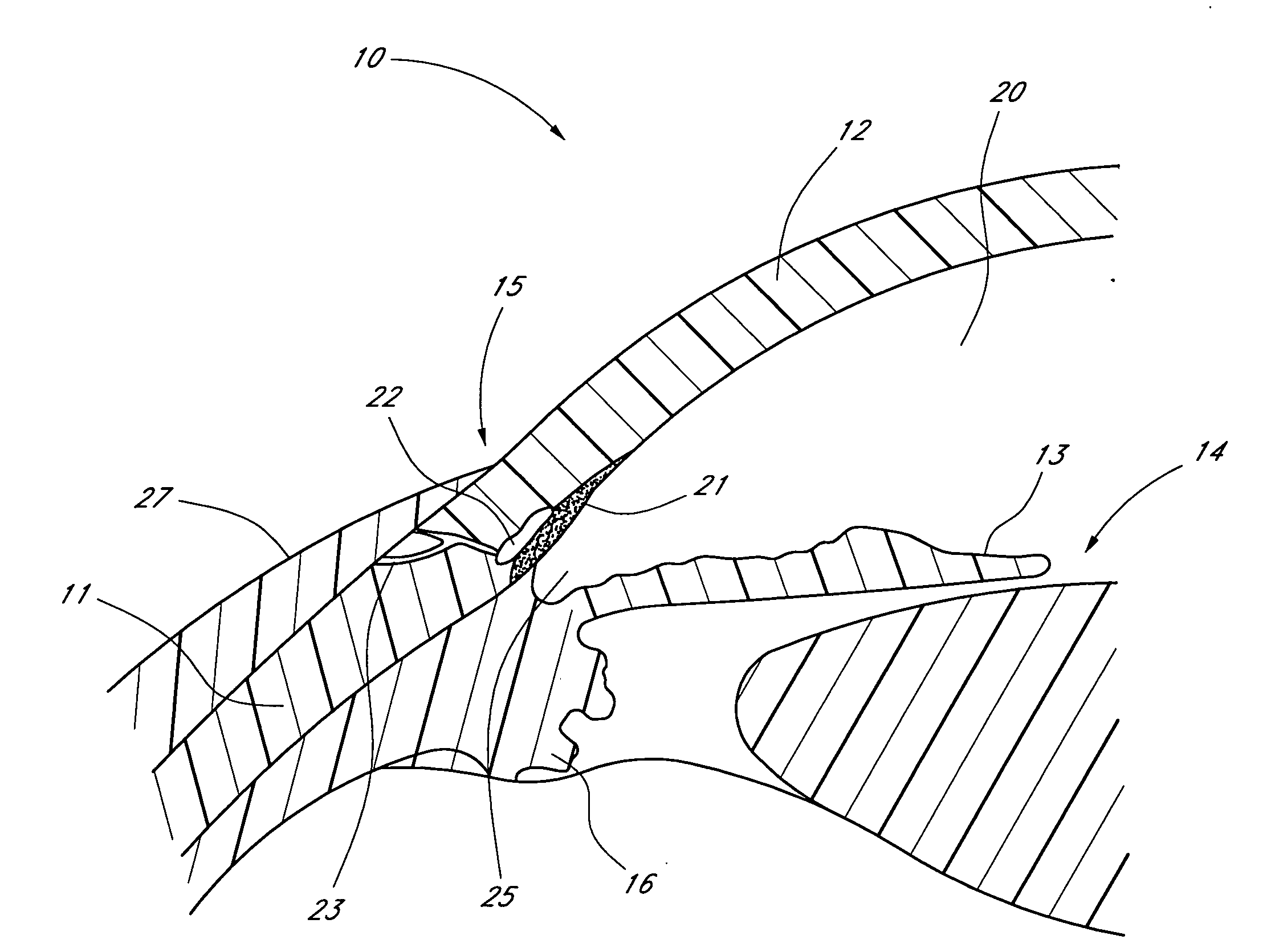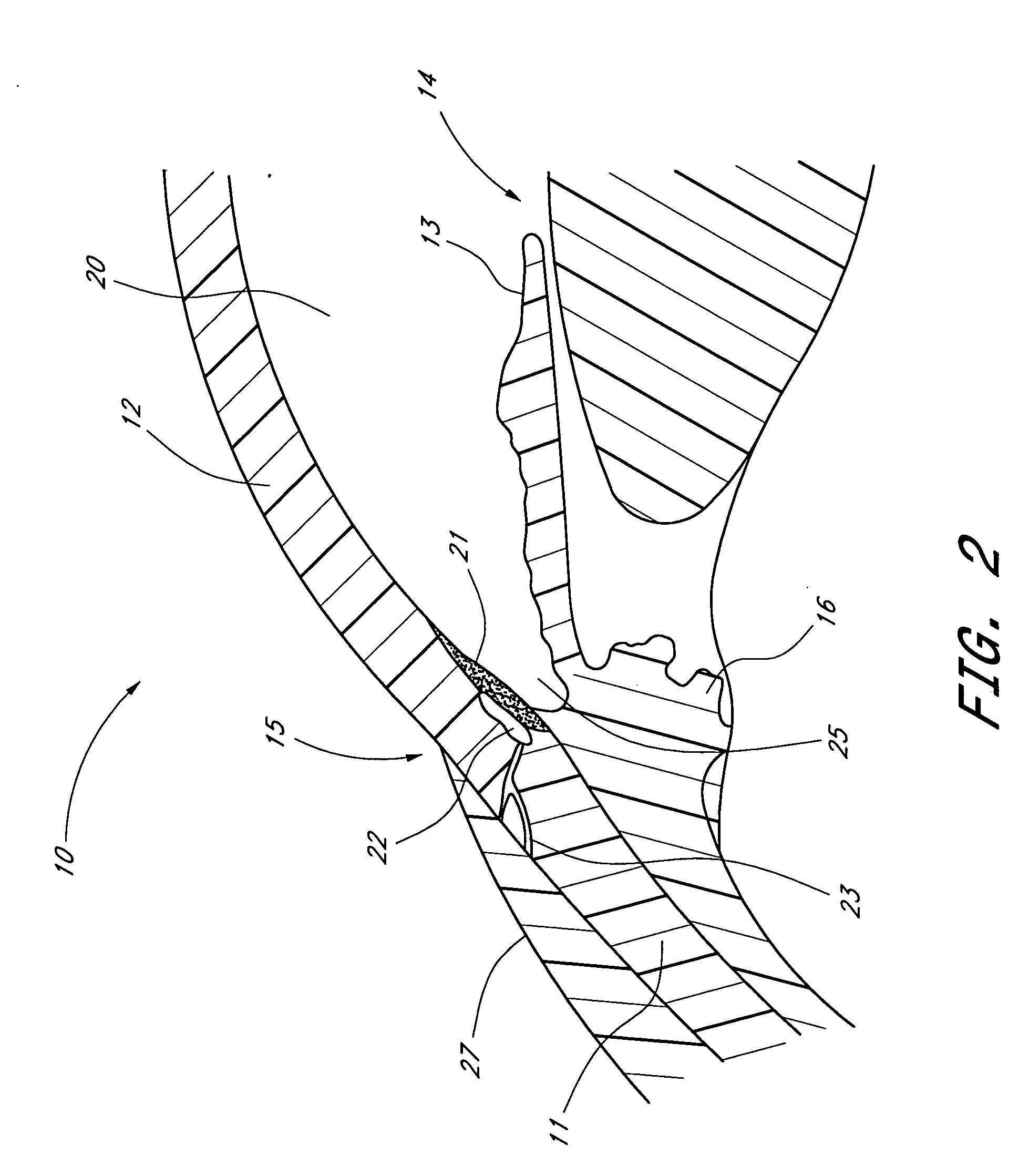Implantable ocular pump to reduce intraocular pressure
a technology of intraocular pressure and ocular pump, which is applied in the field of implantable ocular pump to reduce intraocular pressure, of glaucoma, and can solve the problems of headache, blurred vision, and blindness if untreated, and achieves the effects of reducing the risk of blindness, and improving the effect of ocular pressur
- Summary
- Abstract
- Description
- Claims
- Application Information
AI Technical Summary
Benefits of technology
Problems solved by technology
Method used
Image
Examples
Embodiment Construction
[0062] The trabecular meshwork and juxtacanilicular tissue together provide the majority of resistance to the outflow of aqueous and, as such, are logical targets for surgical removal in the treatment of open-angle glaucoma. In addition, minimal amounts of tissue are altered and existing physiologic outflow pathways are utilized. Trabecular bypass surgery has the potential for much lower risks of choroidal hemorrhage, infection and uses existing physiologic outflow mechanisms. This surgery could be performed under topical anesthesia in a physician's office with rapid visual recovery.
[0063] Therefore, there is a great clinical need for the treatment of glaucoma by a method that is faster, safer, and less expensive than currently available modalities. Trabecular bypass surgery is an innovative surgery that uses a micro stent, shunt, or other implant to bypass diseased trabecular meshwork alone at the level of trabecular meshwork and use or restore existing outflow pathways. Certain e...
PUM
 Login to View More
Login to View More Abstract
Description
Claims
Application Information
 Login to View More
Login to View More - R&D
- Intellectual Property
- Life Sciences
- Materials
- Tech Scout
- Unparalleled Data Quality
- Higher Quality Content
- 60% Fewer Hallucinations
Browse by: Latest US Patents, China's latest patents, Technical Efficacy Thesaurus, Application Domain, Technology Topic, Popular Technical Reports.
© 2025 PatSnap. All rights reserved.Legal|Privacy policy|Modern Slavery Act Transparency Statement|Sitemap|About US| Contact US: help@patsnap.com



